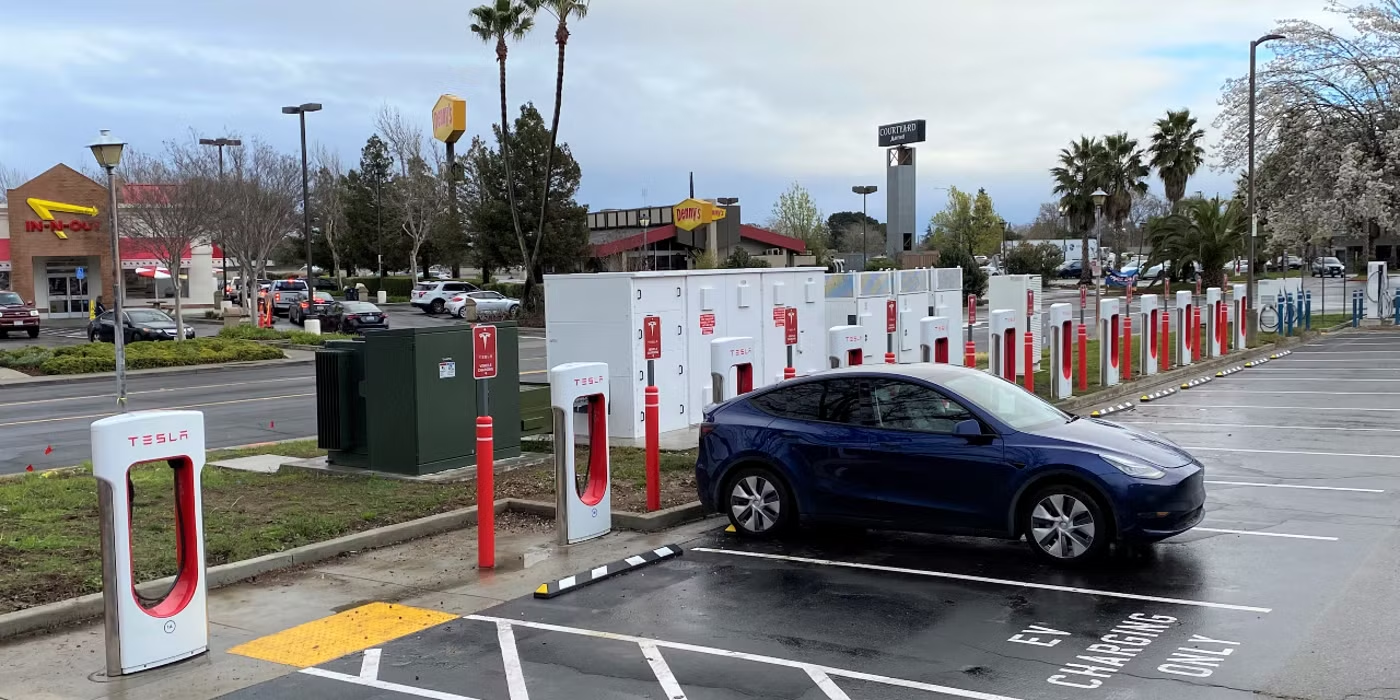Introduction
In the fast-evolving world of electric vehicles, Tesla stands out not just for its cutting-edge technology but also for its expansive network of Superchargers. However, a recent report has shed light on a growing concern among Tesla drivers regarding idle fees that can accumulate quickly. One driver, who prefers to remain anonymous, shared his experience of always having to ‘sprint’ to his vehicle to avoid these costly charges.
The Cost of Idling
Tesla’s Supercharger stations are designed to facilitate quick charging, allowing drivers to get back on the road swiftly. However, once a vehicle reaches its full charge, the clock starts ticking on idle fees, which can be as much as $1 per minute in some locations. This has prompted many drivers to find ways to mitigate these fees.
Understanding the Idle Fee Mechanism
The idle fee is charged to encourage drivers to move their cars once they are fully charged, allowing others to use the Supercharger. The fee structure is tiered:
- First five minutes after charging is complete: no fee
- After five minutes: $0.50 per minute
- After 40 minutes: $1.00 per minute
As such, if a driver leaves their vehicle parked at a Supercharger for an extended period, the costs can add up significantly, making it crucial to be aware of charging times.
Strategies to Avoid Idle Fees
To avoid incurring these charges, Tesla drivers can adopt several strategies:
- Monitor Charging Progress: Use the Tesla app to track the charging status in real-time, allowing for timely retrieval of the vehicle.
- Set Notifications: The Tesla app allows users to set notifications for when charging is nearly complete, giving them a heads-up to return to the vehicle.
- Plan Charging Stops: When planning a trip, consider scheduling charging stops at locations with ample amenities, allowing for a quicker return to the vehicle.
Community Experiences
The Tesla community is rich with shared experiences and tips. Many drivers have taken to forums and social media to discuss their strategies for avoiding idle fees. One popular suggestion is to coordinate charging times with meal breaks or other activities, ensuring that the vehicle is not left idling unnecessarily.
Conclusion
As electric vehicles become increasingly mainstream, understanding the costs associated with charging infrastructure is essential for Tesla owners. By employing strategies to minimize idle times, drivers can enjoy the benefits of Tesla’s Supercharger network without the added burden of fees. Ultimately, staying informed and proactive can make a significant difference in the ownership experience.

